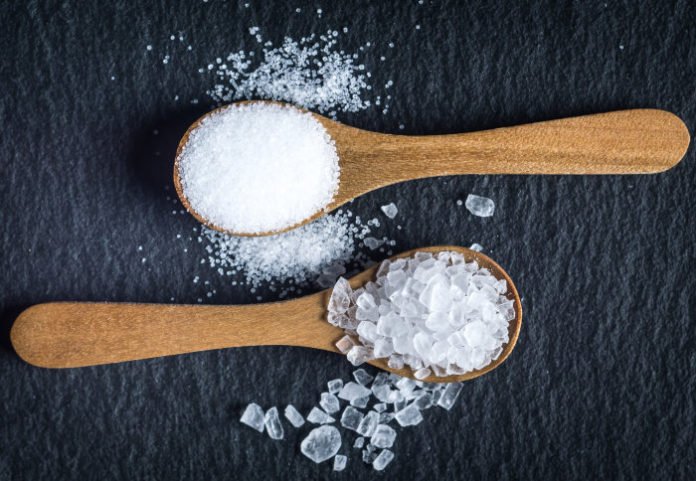According to estimate, almost 75 percent of sodium intake comes from processed and commercially prepared foods, such as restaurants and ready meals. And the more sodium intake in the form of salt leads to the higher risk of cardiovascular disease (CVD) and stomach cancer, with more than 1.5 million deaths from CVD every year.
As part of efforts to tackle the health effects, the United States Food & Drug Administration (FDA) has proposed voluntary sodium reduction goals targeting processed and commercially prepared foods.
Focusing on the policy, scientists at the Imperial College London, University of Liverpool and Tufts University conducted a study in order to quantify the potential health and economic impacts of the policy. They actually wanted to check if the policy was successfully implemented or not.
Dr Jonathan Pearson-Stuttard, an NIHR Academic Clinical Fellow from the School of Public Health at Imperial College London, and first author of the paper, said: “We know that too much salt in our diet can be bad for our health and that measures should be taken to reduce the amount of salt we’re eating overall. Cutting back on salt is the number one way to reduce the risk of high blood pressure and cardiovascular disease.
“Our latest research shows that in the United States, reducing sodium – which together with chlorine forms table salt – could have significant benefits, both in terms of public health and the economy. Following the FDA’s proposed guidance to the letter could prevent thousands of cases of cardiovascular disease, saving billions of dollars lost due to associated ill health. This demonstrates the potentially powerful benefit of population-level policies.”
Scientists modeled and compared the potential effects of three scenarios of the policy over a 20-year period. (100 percent adherence by the food manufacturers with the FDA’s 10-year targets, 50 percent adherence to the 10-year targets, and 100 percent adherence to two-year targets but with no further sodium reduction.)
They found that the ideal situation, 100 for every penny consistence with the 10-year FDA targets, could avoid around 450,000 CVD cases. This lead to the gain of two million Quality Adjusted Life Years (QALYs) and produce discounted cost savings of approximately $40 billion over a 20-year period.
The unobtrusive situation, 50 for each penny consistency of the 10-year targets, and the negative situation, 100 for each penny consistency of the two-year targets yet no further advance could yield wellbeing a half and a fourth of the financial picks up around, separately.
They found that in each of the three situations the expenses of diminishing salt (around $16bn to the sustenance business in the full consistency situation) were probably going to be counterbalanced by the reserve funds on medicinal services by 2021 and would prompt general financial investment funds in the economy by 2031.
Martin O’Flaherty, Professor in Epidemiology and Health Services Research at the University of Liverpool and co-author of the study, added: “There is no doubt that these findings have important implications for the processed and commercially prepared food industry in the US.”
The study was published in the journal PLOS Medicine.
